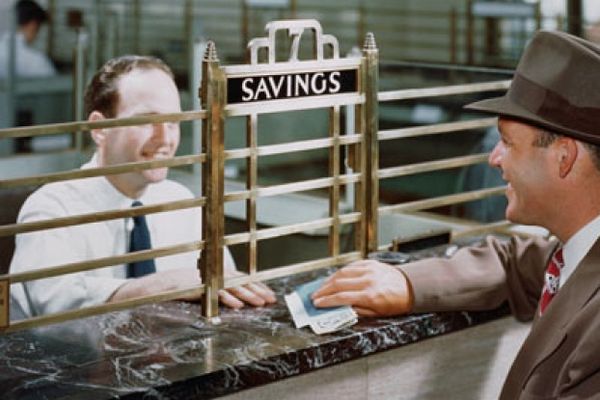On the surface, credit unions look a lot like banks. They both hold deposits, make loans, issue checks and ATM cards, and offer investment services. But the real difference between banks and credit unions has less to do with the services they offer and more with how each institution is run.
Banks are for-profit companies. They make money by charging interest on loans, collecting account fees and reinvesting all that money to earn more profit. But as for-profit companies, they also pay state and federal taxes.
Advertisement
Credit unions, on the other hand, are not-for-profit institutions. Technically, credit unions are owned by their account holders, known as members. Any profit earned by a credit union is either invested back into the organization or paid out to members as a dividend [source: Federal Reserve]. As a not-for-profit institution, credit unions pay no state or federal taxes, meaning they can charge lower interest rates than banks for most financial services.
Credit unions were designed to be cooperative financial institutions for people who share a common bond. Members of a credit union may work for the same company or organization, attend the same college, serve in the armed forces, belong to the same church or live in the same community. Credit unions have become more popular in recent years. Nearly 90 million Americans are members of a credit union, and credit unions hold more than $615 billion in savings. Worldwide, there are more than 46,000 credit unions with about 172 million members [source: WOCCU].
But the growth of credit unions has met strong resistance from the banking industry, which sees these not-for-profit agencies as unfair competition. In 1998, the U.S. Supreme Court handed a victory to the banks, saying that some credit unions had signed on members with no common bonds in an attempt to increase their size and power [source: New York Times].
How did credit unions evolve into such powerful entities? Why does the banking industry want credit unions to pay taxes like everybody else? And with perks like free checking and low interest rates on credit cards, how do you join a credit union?
Advertisement






